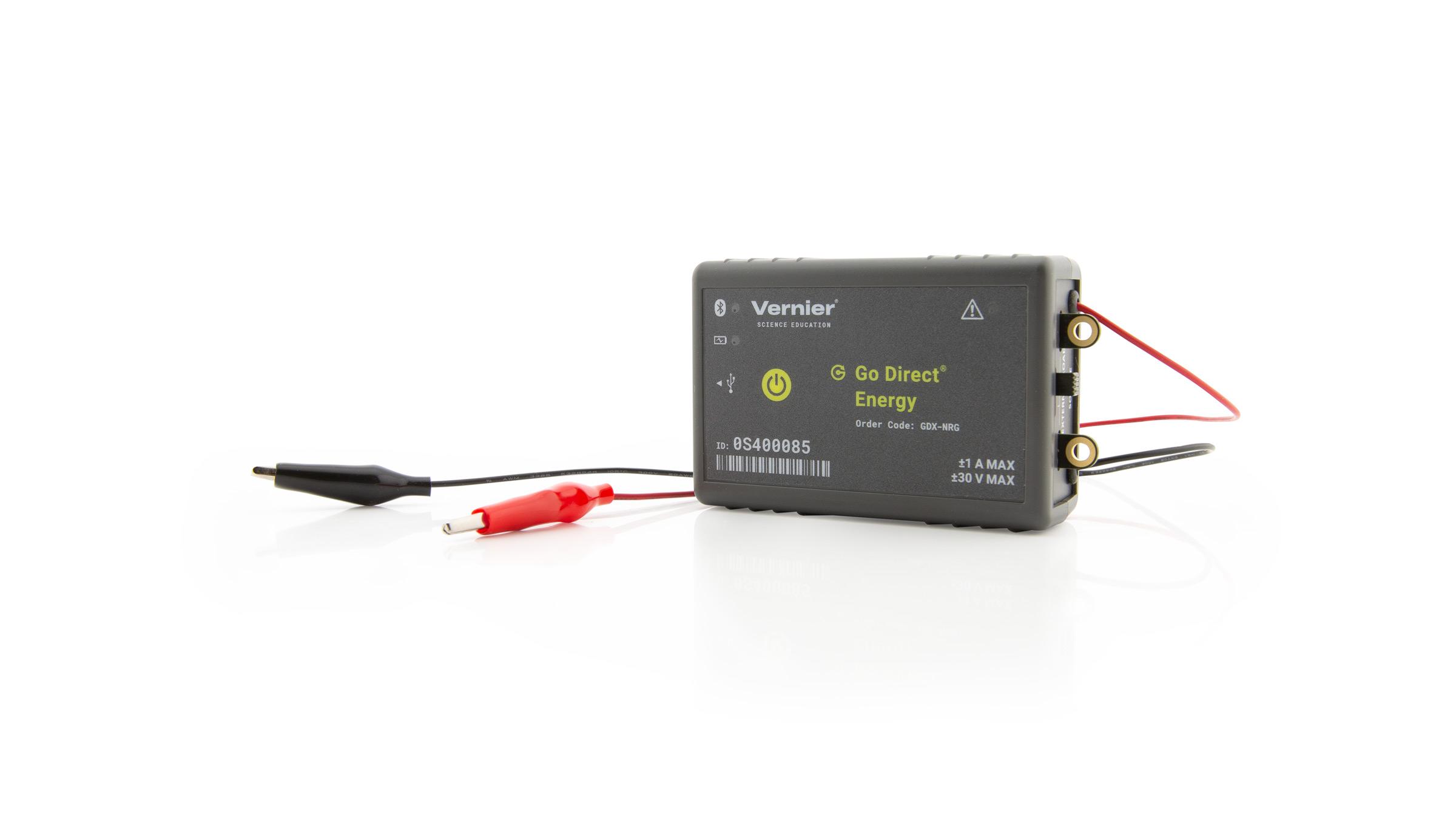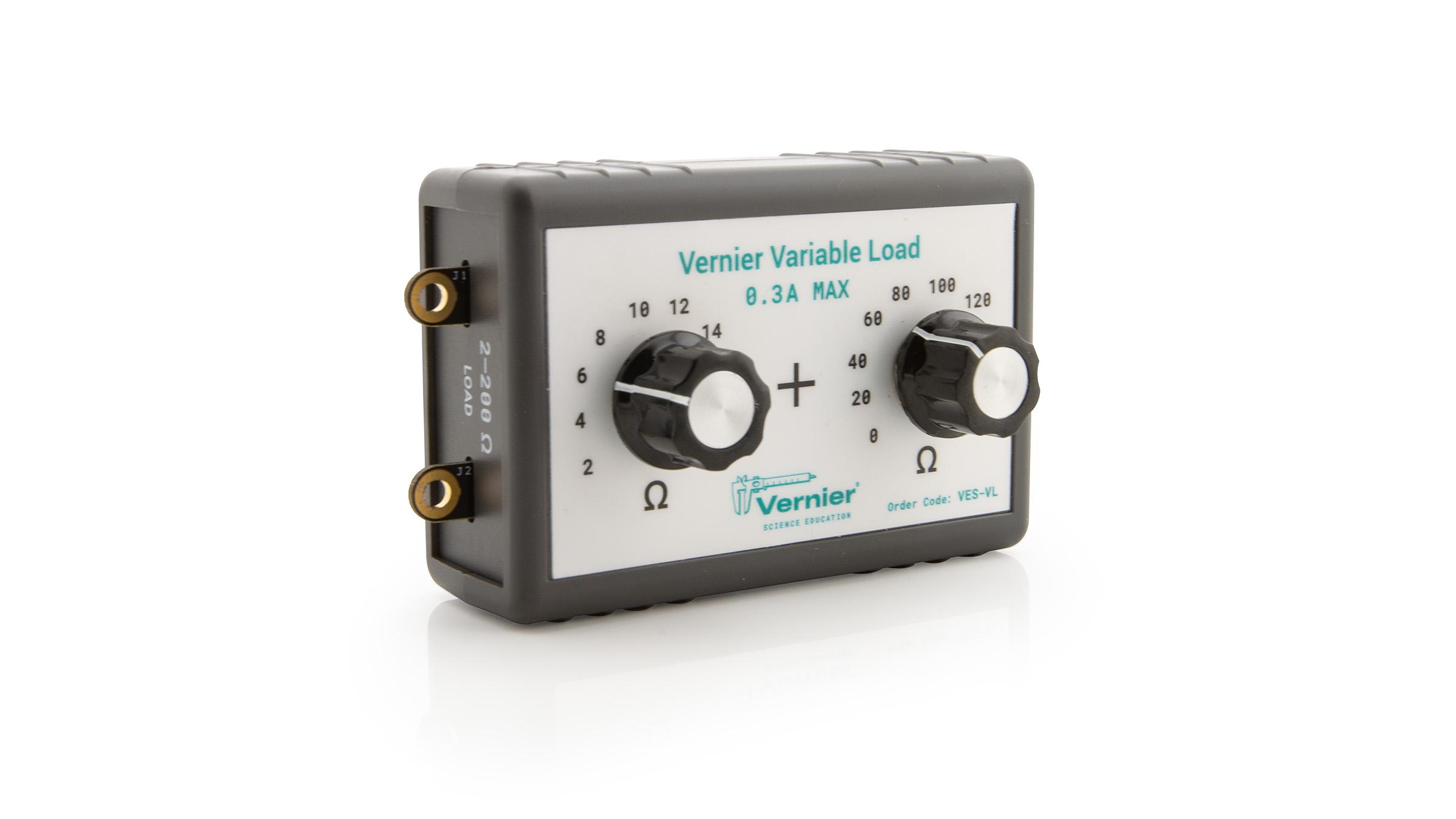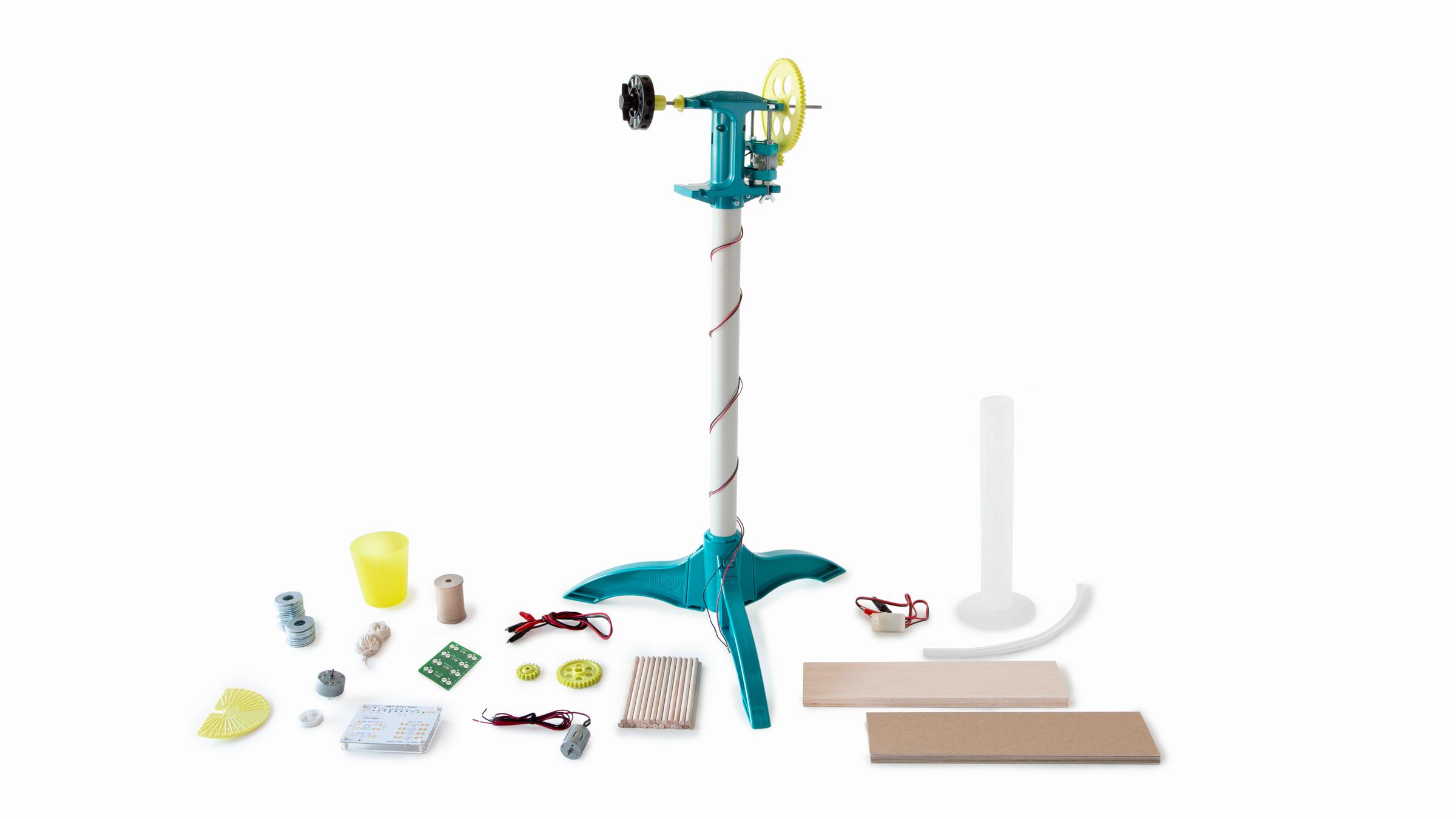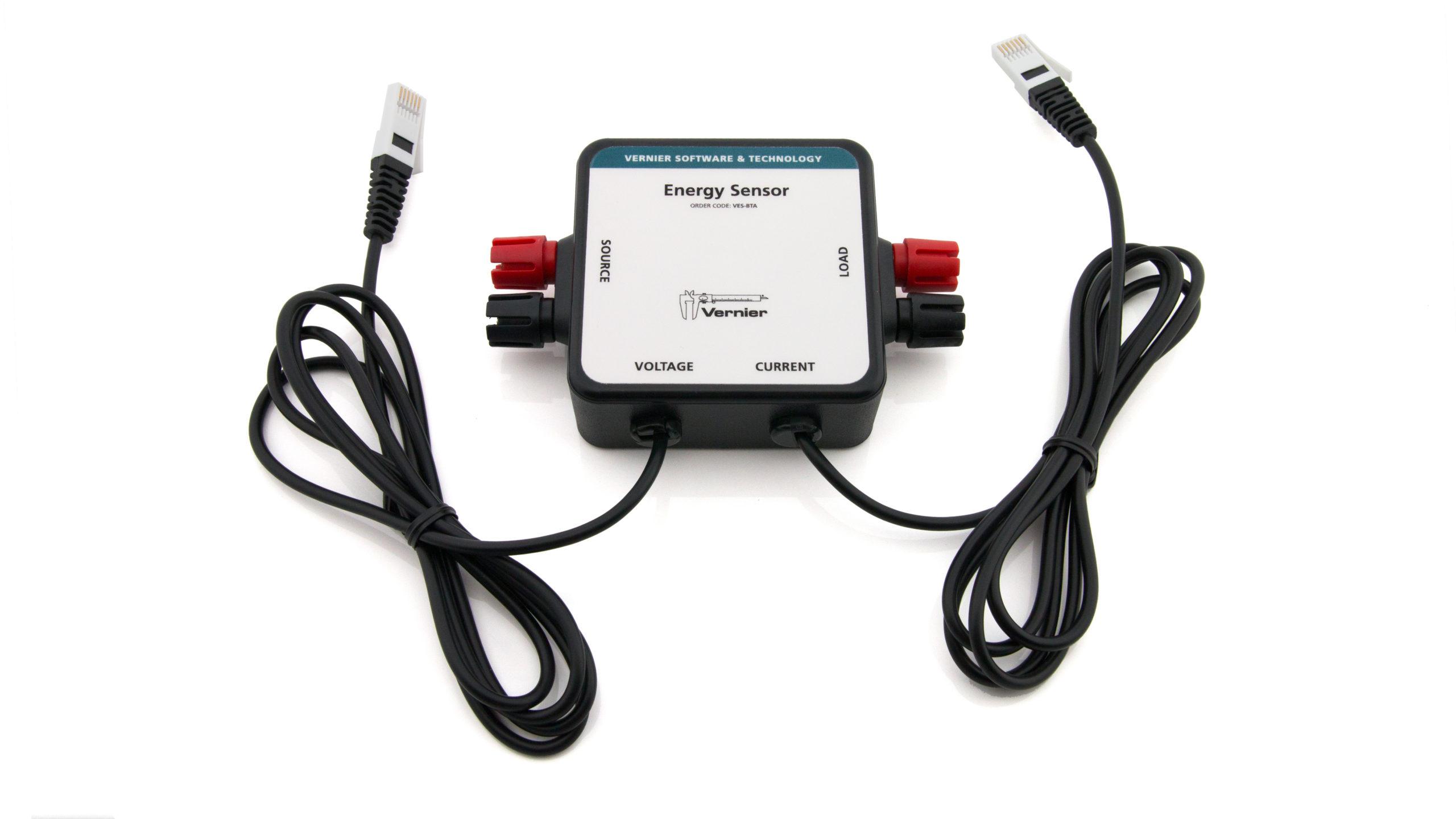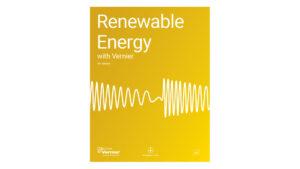
Introduction
People often use the words power and energy interchangeably, when in fact these two words mean very different things.
Imagine if people used the words “kilometers per hour” and “kilometers” interchangeably. That would be very confusing! It would sound like this: “How fast can you ride your bike?” “About 5 kilometers.” This is basically what we are doing if we use power and energy to mean the same thing.
Power is a rate–just like meters per second, miles per hour, and gallons per minute are rates. Power is the rate at which energy is transferred or work is done. It can be calculated using the equation
The base unit of power is the watt (W), which is equal to one joule per second (1 W = 1 J/s).
We can think of energy, on the other hand, as a quantity–just like gallons and meters are quantities. Energy refers to the amount of energy transferred or work performed. The base unit of energy is the joule (J). You can calculate energy by rearranging the power expression in the following way:
As an example, let’s say you leave a 12 W light bulb on for 10 seconds. Using the expression above, you can calculate the amount of work:
In the United States, a common unit of energy is the watt-hour (Wh) or kilowatt-hour (kWh). With small classroom wind turbines and solar panels, we sometimes use the unit “milliwatt-second” (mWs), which is equal to one thousandth (1/1000) of a joule and could also be called a millijoule.
In this experiment, you will explore power and energy. You will learn how power and energy are related to each other. You will use this knowledge and the data-collection software to measure the power and calculate the amount of electrical energy generated by a small wind turbine.
Objectives
- Understand the difference between power and energy.
- Calculate the amount of electrical energy generated by a wind turbine during a time period.
Sensors and Equipment
This experiment features the following sensors and equipment. Additional equipment may be required.
Ready to Experiment?
Ask an Expert
Get answers to your questions about how to teach this experiment with our support team.
- Call toll-free: 888-837-6437
- Chat with Us
- Email support@vernier.com
Purchase the Lab Book
This experiment is #14 of Renewable Energy with Vernier. The experiment in the book includes student instructions as well as instructor information for set up, helpful hints, and sample graphs and data.

